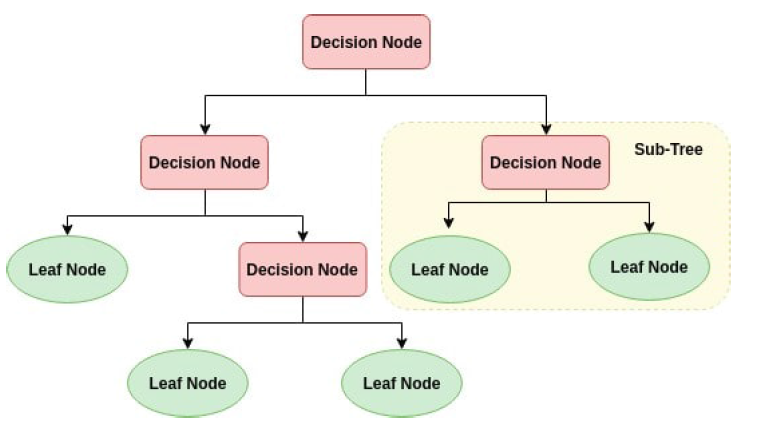


Indian Journal of Science and Technology
DOI: 10.17485/IJST/v14i10.2187
Year: 2021, Volume: 14, Issue: 10, Pages: 869-880
Original Article
Vandana C Bavkar1*, Arundhati A Shinde2
1Research Scholar, Electronics Department, Bharati Vidyapeeth Deemed to be University, Katraj, Pune, 411043, India
2Head of the department, Electronics Department, Bharati Vidyapeeth Deemed to be University, Katraj, Pune, 411043, India
*Corresponding Author
Email: [email protected]
Received Date:05 December 2020, Accepted Date:22 March 2021, Published Date:02 April 2021
Objectives: To facilitate painless and easy method for prediction of diabetes with high accuracy and to measure blood glucose by noninvasive method using Photoplethysmography (PPG). Method: In this study, diabetes prediction is done using different machine learning algorithms on a dataset created by using samples from PIMA Indian Diabetes dataset and in vivo diabetes dataset. Machine learning algorithms used are Support Vector Machine (SVM), Decision Tree, Naïve Bayes Classifier and K Nearest Neighbor (KNN). A PPG data of 182 individuals is recorded over 1 minute duration each. Various frequency and time domain features of PPG single are extracted using single pulse wave analysis. Neural network is trained using extracted features and glucose measurement is performed. Findings: With decision tree algorithm we got highest accuracy of 89.97% for diabetes prediction and it proves to be good algorithm for consideration for measurement in diabetes treatment.Clarke Error Grid analysis for blood glucose prediction is clinically accepted, so we performed similar analysis. Using time and frequency domain features, we got 94.27 % data points in clinically accepted regions (Region A and Region B). Novelty: Based on the data collected or samples analyzed, and accuracy of our results, it is encouraging to see that further research may lead to affordable noninvasive method for detection of diabetes at early stage.
Keywords: Noninvasive; blood glucose; NIR; machine learning algorithms; photoplethysmography
© 2021 Bavkar & Shinde.This is an open access article distributed under the terms of the Creative Commons Attribution License, which permits unrestricted use, distribution, and reproduction in any medium, provided the original author and source are credited. Published By Indian Society for Education and Environment (iSee)
Subscribe now for latest articles and news.